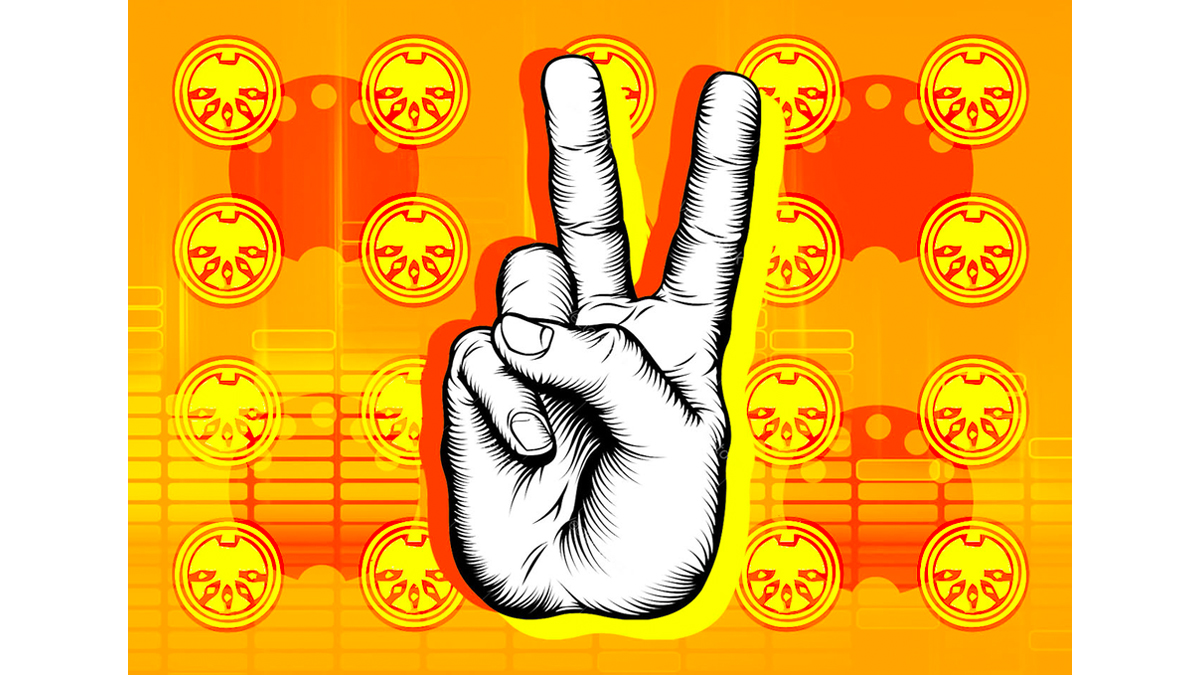MIDI 2.0 specs now available to all: is this the beginning of a new era of musical innovation?
Companies invited to start using MIDI 2.0 development tools

The MIDI 2.0 train continues to gather momentum, with the complete specs for the new musical instrument digital interfacing standard now available to the general public.
As previously reported, MIDI 2.0 offers significant improvements over MIDI 1.0, including two-way communication between devices, which should enable automatic setup. Thanks to higher-resolution dynamics and control data and extended controller options, it also allows for increased expression.
The five core MIDI 2.0 specs were ratified at this year’s NAMM Show, and are now freely available for download by developers and the general public. To get them, you simply need to sign up for free membership of the MIDI Association.
Companies that would like to access the MIDI 2.0 software and development tools can apply for membership of the MIDI Manufacturers Association. We’ve already seen Roland announce the A-88MKII MIDI keyboard, its first MIDI 2.0-ready instrument.
Presumably, this means that it’s now all systems go for MIDI 2.0, and that products that support the standard will soon start to emerge.
Gene Joly, the MMA’s current President, says "We are happy to provide access to the complete MIDI 2.0 specifications to everyone, and believe MIDI 2.0 will unleash a level of innovation in music and the arts we haven’t seen since MIDI 1.0 changed the world. All of us are excited about what MIDI 2.0 will bring to music and the arts."
One of the next stops for the MIDI 2.0 roadshow is SXSW, where Art+Logic’s Brett Porter will be explaining what the new standard can do for musicians.
Get the MusicRadar Newsletter
Want all the hottest music and gear news, reviews, deals, features and more, direct to your inbox? Sign up here.



I’m the Deputy Editor of MusicRadar, having worked on the site since its launch in 2007. I previously spent eight years working on our sister magazine, Computer Music. I’ve been playing the piano, gigging in bands and failing to finish tracks at home for more than 30 years, 24 of which I’ve also spent writing about music and the ever-changing technology used to make it.









